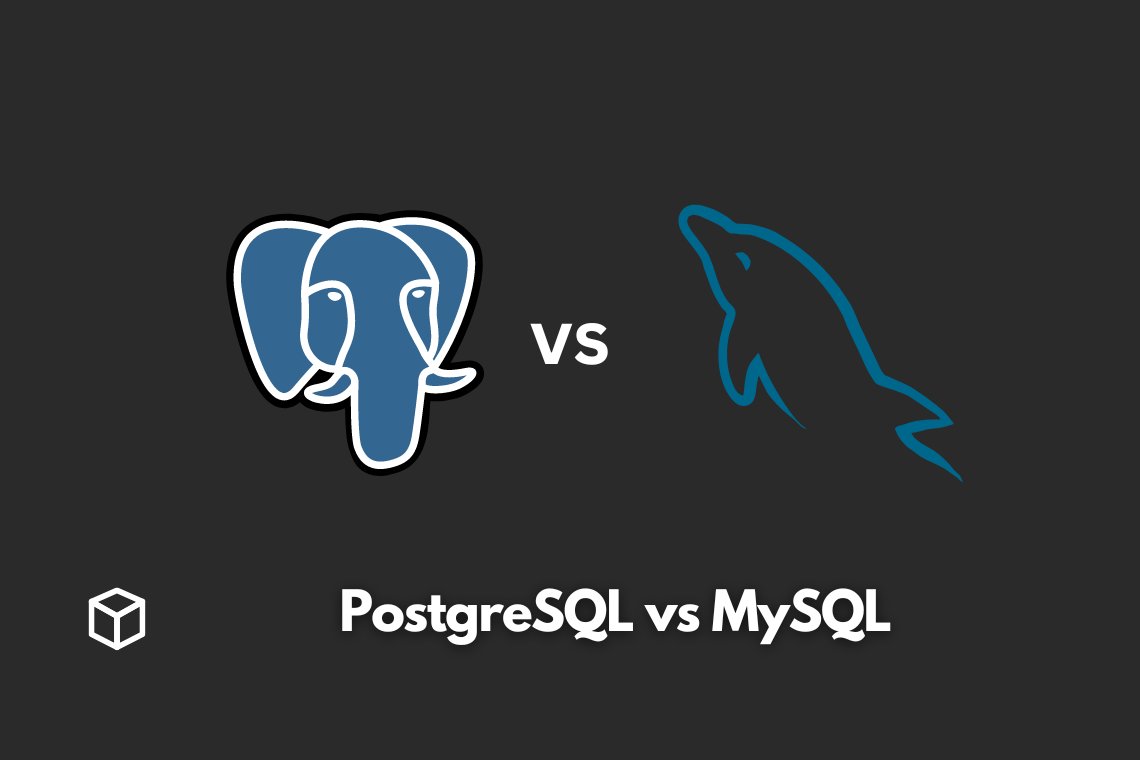When it comes to choosing a database management system (DBMS), two popular options are PostgreSQL and MySQL.
Both databases have been around for quite some time and have a solid reputation for being reliable and efficient.
However, each has its own unique set of features and capabilities.
In this article, we will compare PostgreSQL and MySQL, providing an overview of their features, capabilities, and performance.
Our goal is to help readers determine which database is best suited for their needs.
Overview of PostgreSQL
What is PostgreSQL?
PostgreSQL, also known as Postgres, is an open-source, object-relational DBMS.
It’s a powerful and versatile database that supports advanced data types, like arrays, hstore, and JSON.
History and development of PostgreSQL
PostgreSQL was first developed in 1986 at the University of California, Berkeley.
It’s been continuously developed and maintained since then, and has a large and active community of developers.
It’s known for its extensibility and custom functions.
Features of PostgreSQL
Object-relational model
PostgreSQL supports the object-relational model, which means it can store and manage both data and functions in the same database.
This allows for more complex data structures and more advanced functionality.
Support for advanced data types and SQL features
PostgreSQL supports advanced data types like arrays, hstore, and JSON. It also supports standard SQL features such as triggers, stored procedures, and views.
Concurrent access and high availability
PostgreSQL supports concurrent access, which means multiple users can access the database at the same time.
It also has built-in high availability features, like replication and hot standby, to ensure data is always available.
Extensibility and custom functions
PostgreSQL is known for its extensibility and custom functions. It allows users to create their own data types, operators, and functions.
This makes it a great choice for complex and custom applications.
Overview of MySQL
What is MySQL?
MySQL is an open-source, relational DBMS. It’s a popular choice for web applications and is widely supported by hosting providers.
History and development of MySQL
MySQL was first developed in 1995 by a company called MySQL AB. It was later acquired by Oracle Corporation in 2010.
Features of MySQL
Relational model
MySQL is a relational database, which means it stores data in tables with rows and columns. This is a simple and well-established model that’s easy to understand and work with.
Support for standard SQL
MySQL supports standard SQL, making it easy to work with and understand.
Concurrent access and high availability
MySQL also supports concurrent access and has high availability features like replication and failover.
Widely supported and used in web applications
MySQL is widely supported by hosting providers and is a popular choice for web applications. This makes it easy to set up and deploy.
Comparison of PostgreSQL and MySQL
Performance
Benchmarking results
In terms of performance, both PostgreSQL and MySQL are known to be fast and efficient. However, PostgreSQL is known to perform better on complex and large data sets.
PostgreSQL has more advanced features and functionality, which can make it a better choice for complex and large data sets.
MySQL, on the other hand, is known for its simplicity and ease of use, making it a great choice for smaller, simpler applications.
Scalability
PostgreSQL is known for its ability to handle large amounts of data, thanks to its advanced features and functionality.
MySQL, while still able to handle large amounts of data, may not be as efficient as PostgreSQL when it comes to scaling.
PostgreSQL has a better scalability and can handle large amounts of data more efficiently than MySQL.
MySQL, while still able to scale, may not be as efficient as PostgreSQL when it comes to handling large amounts of data.
Data types and SQL features
PostgreSQL supports more advanced data types and SQL features, like arrays, hstore, and JSON. MySQL, on the other hand, supports standard SQL features and data types.
PostgreSQL’s advanced data types and SQL features make it a better choice for complex and custom applications.
MySQL’s standard SQL features and data types make it a simpler and more straightforward option for smaller and simpler applications.
Ease of use and deployment
MySQL is known for its simplicity and ease of use, making it easy to set up and deploy.
PostgreSQL, while still easy to use, may have a steeper learning curve due to its advanced features and functionality.
MySQL’s simplicity and ease of use make it a great choice for those who are new to database management.
PostgreSQL, while still easy to use, may be more suitable for experienced users who are looking for more advanced features and functionality.
Conclusion
In conclusion, both PostgreSQL and MySQL are reliable and efficient databases.
However, they each have their own unique set of features and capabilities.
PostgreSQL is known for its advanced features and functionality, making it a great choice for complex and custom applications.
MySQL, on the other hand, is known for its simplicity and ease of use, making it a great choice for smaller, simpler applications.
Ultimately, the choice between the two will depend on your specific needs and the complexity of your application.
References
- PostgreSQL official website: https://www.postgresql.org/
- MySQL official website: https://www.mysql.com/
- PostgreSQL documentation: https://www.postgresql.org/docs/
- MySQL documentation: https://dev.mysql.com/doc/




